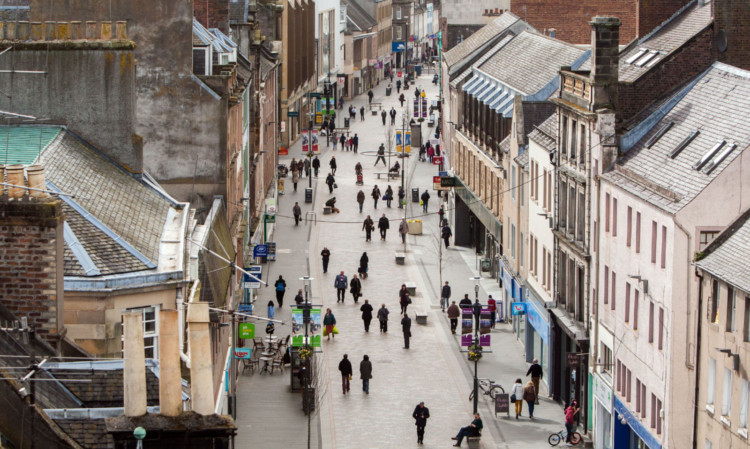Scotland’s population now stands at a new record high of more than 5.3 million people with Dundee and Angus’ populations both rocketing over the past year.
New estimates by the General Register of Scotland put the country’s population on June 30 2012 at 5,313,600, an increase of 58,800 from the year before.
Registrar General Tim Ellis attributed Scotland’s growing population to inward migration and a greater number of births than deaths.
Currently 66% of the population is aged between 16 and 64 years old with 17% over the age of 65.
It is predicted Scotland’s population will rise to 5.76 million by 2035 but the population will age significantly, with the number of people over 65 increasing by 63% from 880,000 to 1.43 million.
According to the latest estimates, Dundee is continuing to reverse its decades-long decline in population.
There are now estimated to be 147,800 people living in the city, up from 145,570 the year before.
Angus saw the biggest rise in population numbers, increasing from 110,630 to 116,210. Clackamannanshire’s population rose from 50,770 to 51,280 and Stirling’s rose from 90,770 to 91,020.
The rise in population in these areas is attributed to inward migration. Fife’s population fell from 367,370 to 366,220, however, while the number of people living in Perth and Kinross fell from 149,520 to 147, 740.
Mr Ellis said: “Our statistics show that in 2012 Scotland’s population reached an all-time high of 5, 313, 600.
“This increase is mostly because more people are coming into Scotland than leaving it, and also because we are seeing more births than deaths.
“As well as a growing population, the report also shows that the population is continuing to age, life expectancy is increasing and the number of households is continuing to rise.”
The figures revealed that in the year to June 30 2012, 81,000 people came to Scotland from overseas and 68,300 people left the country to the rest of the UK and abroad.
Census results from 2011 show 7% of Scotland’s population was born overseas. A total of 15% (55,000) are Polish, while 6% (23,000) were born in each of India and Ireland.
There were 30,534 marriages 1,399 more than the previous year and the number of civil partnerships rose by 20 to 574.
There were 58,027 births reported in Scotland, down 562 from the year before, and 54,937 deaths, 1, 274 more than in 2011.
The biggest killers were cancer, responsible for more than a quarter of all deaths (29%), heart disease (14%) and respiratory system diseases such as pneumonia, which caused 13% of all deaths.
Death rates from cancer, heart disease and strokes remain higher in Scotland than other parts of the UK.
